Triana
TRIANA
A must-see when visiting Gran Canaria. This area stands out for its beautiful streets, great shopping, great atmosphere and a variety of restaurants and shops. What is curious about this neighbourhood is that it still preserves traditional commerce such as haberdasheries, bakeries, ice cream stores... together with the new trends as well as very good restaurants on the island.
What to see?
It is one of the most important commercial areas of Gran Canaria. It is a pedestrian street where you can enjoy the 18th century architectural styles.
You can walk around it and visit the most important things by foot. We recommend you to visit:
- Triana's Main Street.: It is one of the most historic and beautiful streets of the city. Here you can find most of the commercial shops in the neighborhood. However, we recommend you to walk around, as you will be able to discover for yourself the charms of these pedestrian streets. Many of the houses still have their old Canarian balconies and facades.
- Pérez Galdós Theatre: It is located in front of Vegueta market, and is one of the most emblematic and distinctive monuments of Las Palmas, and after its last reform completed in 2007, has become one of the most modern theaters in Spain.
- The Literary Cabinet: Its cultural works have a great tradition in Las Palmas, and it is considered one of the heritage assets of Canary Islands, both for its building and what it contains.
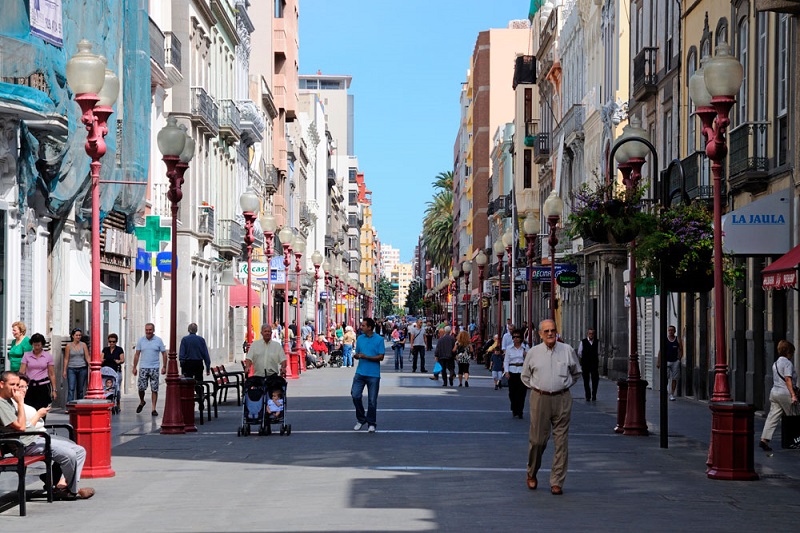
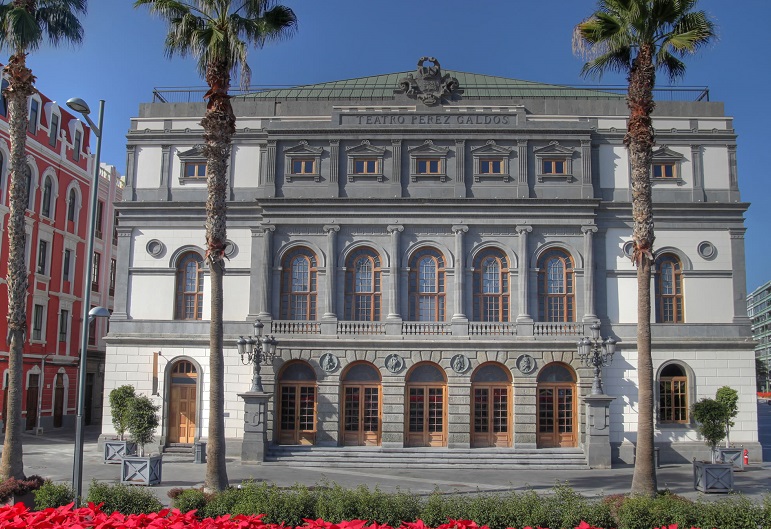
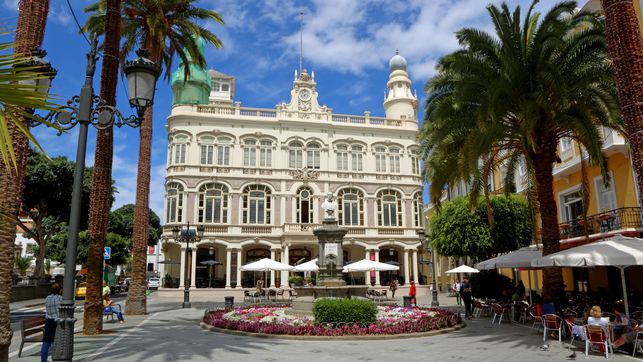
- Alameda de Colón: This is a large square next to the Literary Cabinet, has a playground for children, and is a perfect place to spend the afternoon. In this place there is a sculpture that commemorates the passage of Christopher Columbus through Gran Canaria. Rodriguez Quegles Palace. This is one of the most characteristic buildings in Triana, and is the cultural centre of the town hall. It is the venue for Gran Canaria Film Festival and Philharmonic Society.
- San Telmo Park: A large park in Las Palmas of Gran Canaria which has several comfortable terraces where you can give yourself the pleasure of a break after a shopping day in Las Palmas of Gran Canaria. It is also the main bus station on the island.
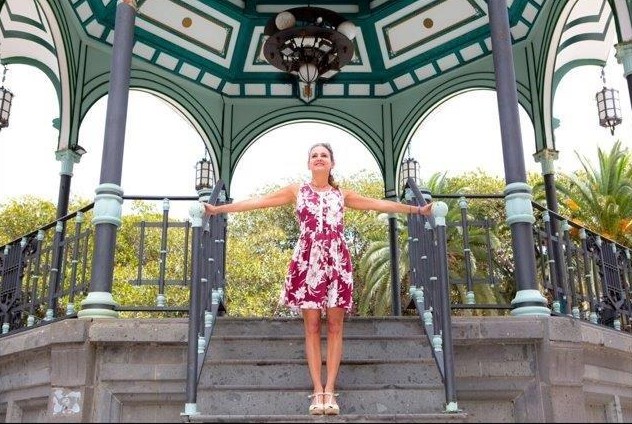
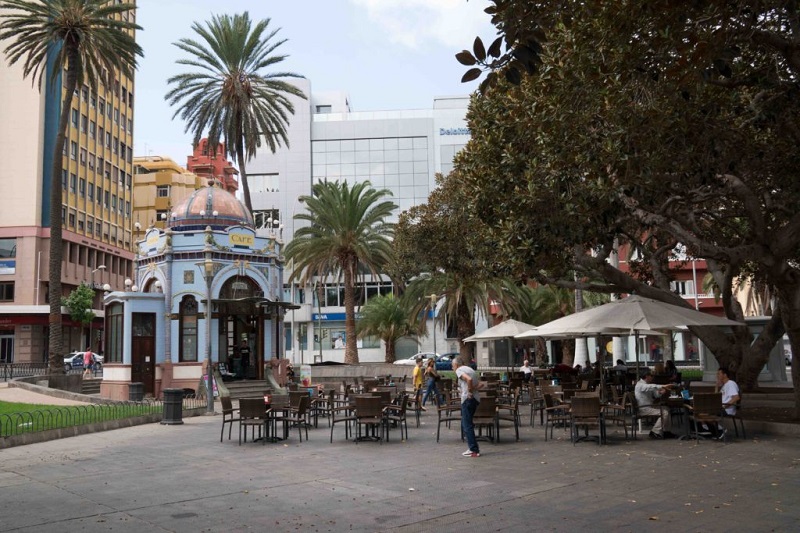
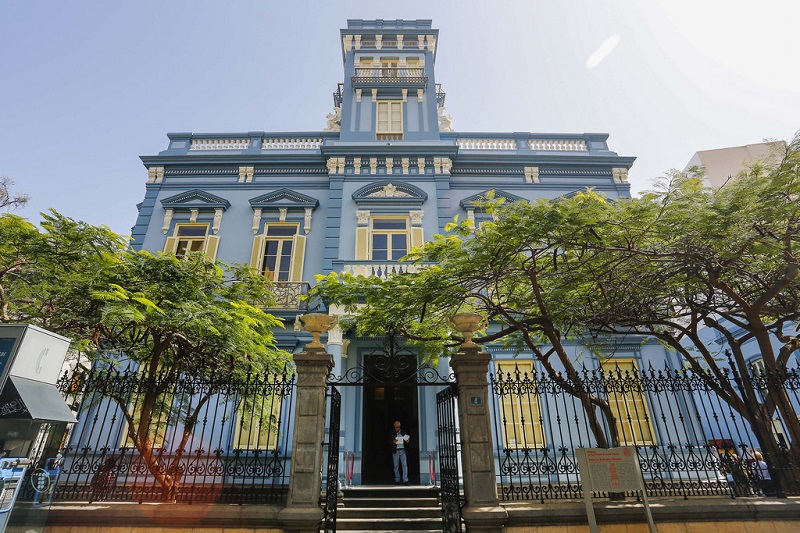
Triana constitutes the oldest part of the city, as well as Vegueta, and it has meant a continuous evolution in the history of Las Palmas urbanization.
The name of Triana is possibly related to Triana of Seville, due to the significant contribution of Andalusian population that arrived in Canary Islands after the conquest.
For a while now, the patrimonial value of the city of Gran Canaria has been recognized. Vegueta was declared a National Historic-Artistic Place in 1973 and, years after, in 1993, the Historic Centre of Triana.
More details and book



